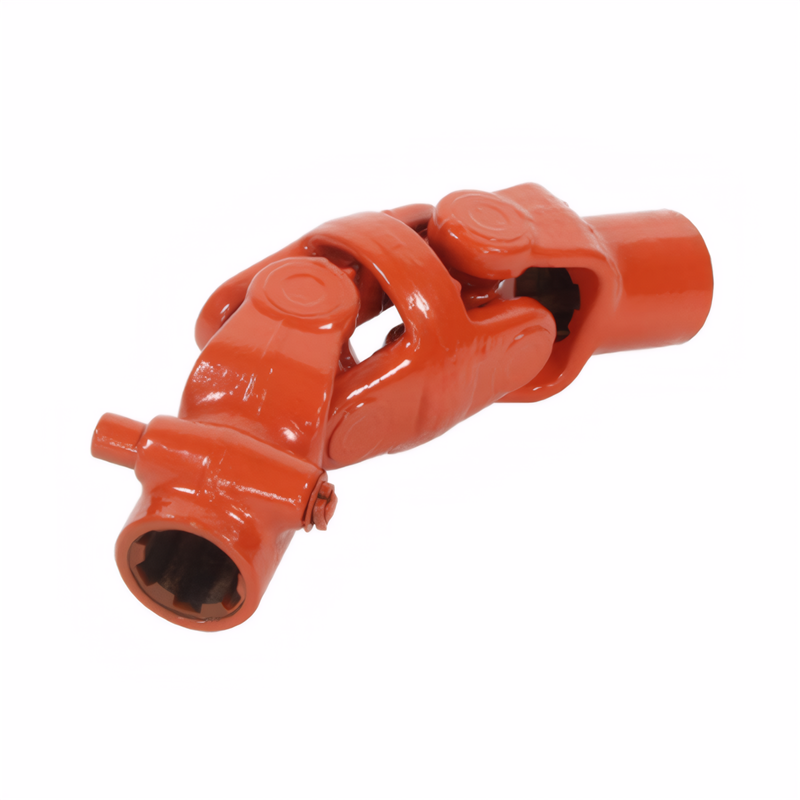The tightening torque of the drive shaft bolts
Proper Torque Specifications for Drive Shaft Bolts in Automotive Applications
Critical Factors Influencing Torque Requirements
Drive shaft bolt torque specifications derive from multiple engineering considerations. Material composition plays a fundamental role, as bolts made from high-strength alloy steel (typically grade 8.8 or 10.9) require different torque values than standard carbon steel fasteners. The coefficient of friction between mating surfaces significantly impacts effective clamping force, with lubricated threads reducing required torque by up to 30% compared to dry installations.
Thread engagement length affects torque distribution, with longer engagement requiring slightly higher values to achieve equivalent clamping force. Environmental exposure conditions also influence specifications, as components operating in high-temperature environments may need adjusted torque to account for thermal expansion. Service manuals typically specify torque values based on these combined factors for each application.
The number of bolts in the assembly creates a cumulative effect on overall joint integrity. While individual bolt torque remains consistent, the total clamping force increases with bolt quantity, requiring precise balancing to prevent uneven load distribution. This becomes particularly critical in multi-bolt flange connections common in drive shaft assemblies.
Standard Torque Ranges for Common Drive Shaft Components
Universal joint flange bolts generally require torque values between 45-65 N·m, depending on bolt diameter and flange material. Larger diameter bolts (M10 or greater) typically fall at the higher end of this range, while smaller M8 bolts use the lower values. These specifications ensure sufficient clamping force to maintain joint alignment without risking thread stripping.
Transmission output shaft bolts often specify torque values from 70-90 N·m for rear-wheel-drive applications. The increased torque accounts for the higher torque loads transmitted through these components during acceleration. Some manufacturers recommend a two-step tightening sequence, first to 50% of final torque, then to full specification after rotating the drive shaft 90 degrees.
Differential companion flange bolts commonly use torque settings between 60-80 N·m, balancing the need for secure attachment with the risk of distorting lightweight aluminum housings. These values may vary slightly based on differential type (open vs. limited-slip) and housing material composition.
Verification Procedures for Proper Torque Application
After initial installation, torque verification should occur within 50-100 km of operation to account for component settling. This secondary check ensures bolts maintain proper clamping force as materials compress and fasteners seat. Use a calibrated torque wrench with accuracy within ±3% of the specified value for reliable verification.
Thread locker compounds require special consideration during torque application. When using medium-strength thread locker (blue), maintain specified torque values without adjustment. For high-strength compounds (red), reduce torque by 10-15% to prevent over-tightening once the adhesive cures, as these products increase clamping force during cure.
Environmental factors necessitate periodic torque audits on vehicles operating in harsh conditions. Salt exposure, extreme temperatures, and frequent vibration can cause torque relaxation over time. Service intervals for these checks vary by application but typically occur every 24,000-48,000 km or annually, whichever comes first.
 The inspection method for the
The inspection method for the
 Symptoms of wear of the univer
Symptoms of wear of the univer
 Analysis of the Causes of Abno
Analysis of the Causes of Abno
 The ability of the drive shaft
The ability of the drive shaft
 简体中文
简体中文 English
English
